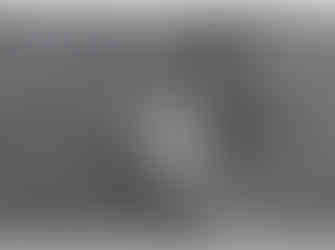Before the evening started, a first for HPIC: we gave a warm welcome to Peter, our first overseas member from Stockholm, Sweden. We hope that Peter will enjoy being a member of the club.
Richard’s talk tonight was one based on his own journey into the realms of BPEs, or British Photographic Exhibitions. Richard gave us an insight about the history, how the exhibitions are run by photographic clubs within the UK, where they are based and generally how to enter.
Most exhibitions are digital entries only, with a few being both print and digital. This also came with a caveat from Richard: read the rules and check the size of image to enter, as these can change from exhibition to exhibition. Once the images are judged in an exhibition you are notified if you have any images accepted and acceptances go towards crown awards. There are criteria to gain BPE1* up to BPE 5* and beyond.
So near and yet so far!
Since beginning his journey in December 2018, Richard has found that his knowledge and photography skills have improved. Whilst his first exhibition had no acceptances, Richard persevered and so far has 99 acceptances – he needs one more for BPE3*. Judging by Richard’s standard of photography he will gain that 1 acceptance soon. Richard shared his images that have been both successful and not so successful in exhibitions.
Below is a small selection.



For more information go to:










